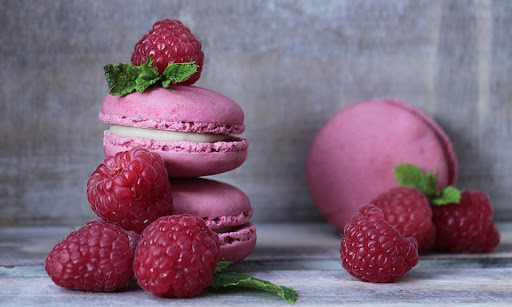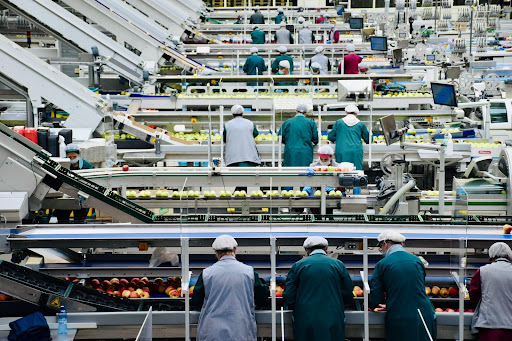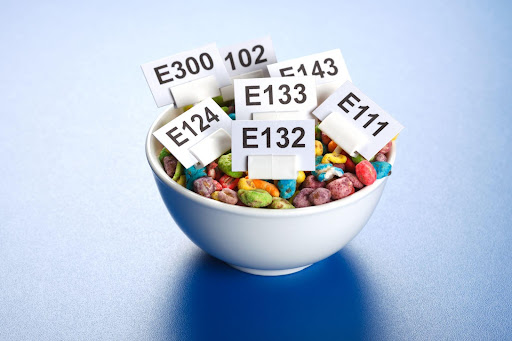Color aesthetics are crucial, whether it’s a pretty sky you’re trying to capture or a platter of your food!
According to several pieces of research, food colors have been shown to enhance the visual appeal of the food. Not just that, it also stimulates appetite and boosts food sales.Â
There are two main types of food color. Natural & synthetic, both have their own pros and cons! However, nothing can measure up to the health damage posed by artificial food colors.
Have you ever wondered what makes natural food coloring safe for consumption? The key reason is less use of preservatives and processing.
Manufacturers like GNT’S Exberry have been providing color solutions to the food and beverage industries for over 40 years.
Table of Contents
Why Should You Choose Exberry Food Colors?
The main reason Exberry is well known for food colors is that it satisfies label-conscious people, by providing 100% Natural & chemical-free food colors. There is no use of pesticides in the fields, which ensures that there will be no chemical contamination.
Exberry’s natural food colours are trusted by some of the biggest food manufacturers in the industry, They not only provide a beautiful hue to your food but also strengthen its flavor.
As their tagline says “Coloring food with food”, which indicates that their products are plant-based. Vegetables, fruits, and edible plants are their main ingredients.
Another cherry on top is that their food colors are suitable for all sorts of diets, whether it’s vegetarian, vegan, kosher, or halal!
Let’s have a look at how natural food colors are manufactured.
The Manufacturing Process of Natural Food Colors at Exberry
Natural food colors are obtained from pigments like anthocyanin, carotenoids, and chlorophyll Which are naturally present in the food.Â
Exberry produces food coloring in two forms, it’s either liquid or powder. The procedure is pretty simple, it goes through a series of physical processes without the use of solvent extraction.
- Chopping
- Pressing
- Cutting
- Filtering
- Consolidating with water
The first step is to extract the pigment from the fruit or vegetable, Next, the pigment is purified and then standardized. This means that the color is made consistent so that it can be used in any recipe without any variation.
Exberry’s becoming a sensation in the food industry for all the right reasons, here’s how they maintain their standards of quality and food safety.
Maintaining Color Consistency
GNT has hired expert agronomists to make seeds that produce crops that are conditioned to provide a standardized color, to maintain color consistency.
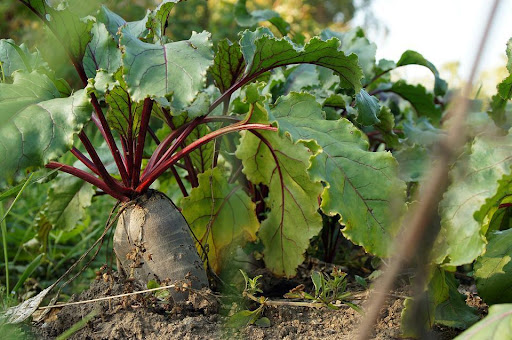 Â
Â
Around 80% of the crop fields are located near the production house of Exberry, in Heinsberg, Germany. This ensures the characterization of raw material, which means that all the fruits and vegetables stay fresh till the end of the procedure.
From Farm to Fork
Every procedure from harvesting to processing is under strict control. They have set certain quality standards, to maintain the final quality of the product.
The seeding process is given special attention, high precision is required to make sure that the germination phase goes smoothly.
No Chemical Solvents
Exberry’s food concentrates can be consumed at any stage in the process because they are chemical-free!Â
The entire manufacturing process does not involve the use of organic solvents like in artificial food coloring. This is why the final product is safe and healthy for human consumption and has no chemical hazards.
A zero-waste Producing Company
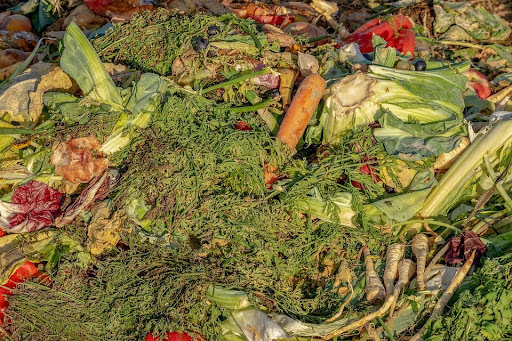
Exberry proudly claims that they are a zero waste firm! All the waste left after processing is used as animal feed.Â
“Because the garbage we create is used as animal food, we’re almost a zero waste firm”. says Frederik Hoeck, The managing director of Exberry.
The Adverse Effects of Synthetic Food Colors
The food and drug administration has approved the use of artificial color additives in food in moderation, but frequent usage poses a major health hazard.
Although it is more affordable & feasible to make artificial food colors on a larger scale, their adverse effects on human health cannot be overlooked!
Most artificial food colors are made from petroleum which has severe effects on human health in the long run. Children who consume artificial food coloring in excess may experience insomnia and irritability.
It has been discovered that three dyes (Red 40, Yellow 5, and Yellow 6) contain benzidine or other carcinogens. Other widely used dyes like (Blue 1) have also been associated with the symptoms of hyperactivity.Â
Foods often contain a combination of different dyes, for example, ice creams and candies. The best way to avoid artificial food colors in your diet is to read the nutritional labels & ingredient lists properly.Â
Final Words
When it comes to food, we all know the importance of eating organic. Not only is it better for our health, but it’s also better for the environment.
The only drawback of using natural food color is that it has a shorter shelf life as compared to artificial food colors.Â
Whether you’re selling something savory or sweet, Exberry’s wide range of natural food colors has got you covered. The story doesn’t just end here, it also helps you meet the clean and clear label criteria!
